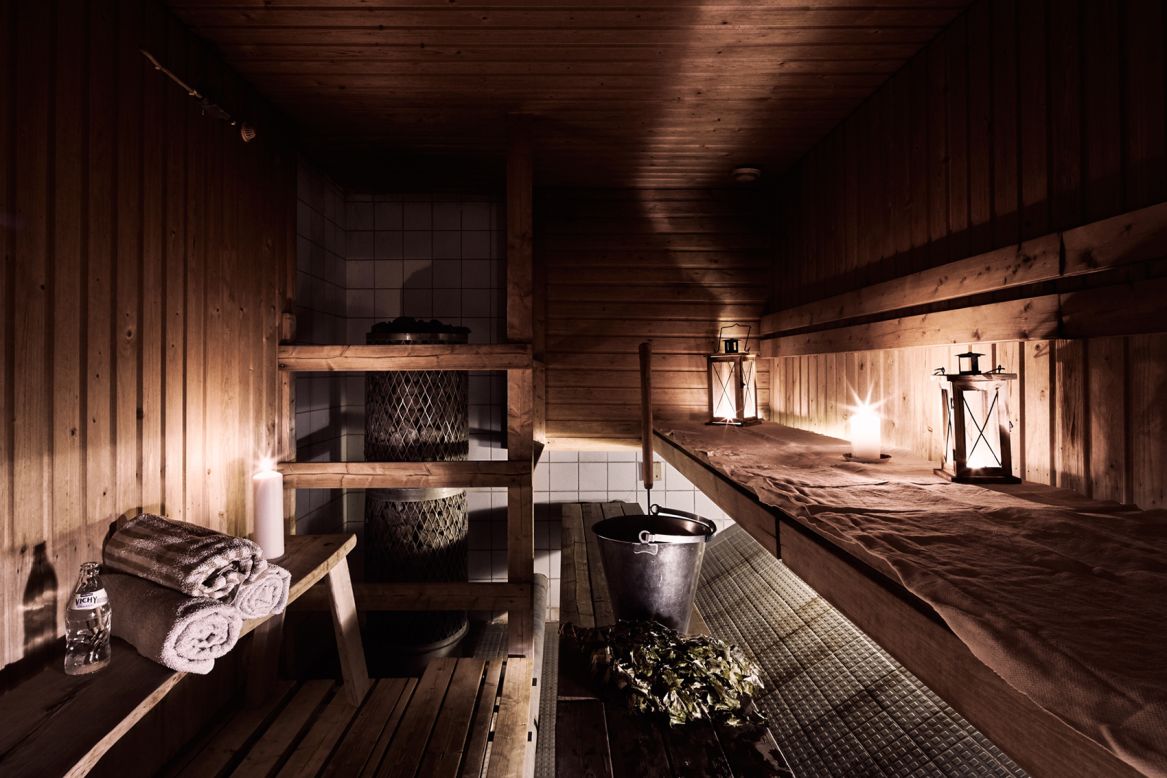The Single Strategy To Use For Traditional Sauna
Table of ContentsExamine This Report on Traditional SaunaThe Facts About Traditional Sauna UncoveredTraditional Sauna Things To Know Before You Get ThisUnknown Facts About Traditional Sauna
The majority of the weight shed in a sauna is water loss and is re-gained upon rehydrating. Without a question sauna can be an important component of a healthy weight loss program. To take a look at the differences in between conventional and IR saunas, I will certainly divide these into proven, theoretical, and made differences.Hence, the most popular point in the saunawhich goes to the ceiling straight over the sauna heateris normally in between 185 and 190 F. Traditional Sauna. Claims that a conventional sauna goes beyond 200 F is simply not true and not appropriate for electrical saunas sold in the United States. The temperature level for a far-infrared sauna is typically established between 120 and 140 F; nonetheless, unlike the standard sauna, the objective in and IR room is not to accomplish a heat
Due to this, the temperature level difference is practically pointless, since excessive sweating results in both sauna types, however the method of heating the body is various. In an IR sauna the bather will feel warm and will certainly sweat profusely, but at much reduced temperature levels. Therefore, if the objective is to invest longer periods of time in the sauna, the IR sauna is an excellent option.

5 Easy Facts About Traditional Sauna Described
When the high temperature level is achieved, the aspects cycle on and off to maintain the heat. Most conventional sauna users delight in pouring water over the rocks to develop heavy steam to raise sauna moisture levels. The advantages of pouring water over the rocks consist of: making the area extra comfortable, dampening the nasal passages, and enabling the use of aromatherapy by mixing important oils with the water.
In a far-infrared sauna, the warm waves penetrate the body to successfully heat up the body and elevate the body core temperature level. To attain this boosted temperature, Far-infrared emitters produce infrared energy which is close to the very same wavelength as that which the body naturally emitsoften referred to as the "Vital Variety" of 7 to 14 microns), so the power is well obtained by the body.
When the power enters the body, it causes the body temperature level to increase and inevitably leads to sweat. In an infrared sauna it's vital for the emitters/heaters to continue to be on practically constantly. Given that there is no mass of rocks to preserve heat, the sauna will cool down if the emitters turned off.
As stated above, the sauna bather in an infrared area desires to place himself in front of operating emitters to get optimal take advantage of the warmth. The home heating time for both spaces can be really various, relying on exactly how the areas are used. For a standard sauna, a bather must enable 30-40 mins for the area to attain a preferred temperature and to correctly pre-heat the rocks.
Fascination About Traditional Sauna
A well created sauna will usually accomplish a temperature of 150-160 F in regarding 30-40 minutes (Traditional Sauna). For hotter temperatures, the area might need to heat for a longer duration. Once the area accomplishes established temperature, the heater will cycle on and off, typically operating regarding 50% of the moment. The protected wall surfaces and the warmed rocks will certainly maintain the space warm and at stable temperature levels.
To some, 15 mins was "squandered" while the infrared energy warmed the wood panels as opposed to warming a body, while others discover a pre-heated area to be more comfy and think a raised beginning temperature level is required to start sweating. The size of suggested use for each i thought about this room is about the very straight from the source same (10-15 mins per session); nevertheless, because of the reduced air temperature levels and the capacity to feel the results of infrared warm quicker than a conventional sauna, it is not unusual for a person to invest a total amount of 20-30 minutes in an infrared sauna.
Conventional saunas have a tendency to be bigger (hence use more power) than infrared saunas, although traditional saunas are absolutely available in one and 2 person dimensions as well. For a two-person conventional sauna, 5x6 or 5x7 dimension is most prominent. The leading bench can pleasantly seat 2 or three individuals and is also enough time to relax throughout the sauna session.


The typical expense per kWH of electricity in the united state is approximately $0.11, so a 4.5 kW heating unit will cost roughly $.50 to run for one hour, if the heating system runs constantly for one hour. Generally a sauna heater will run for 75% of the first hour and 50% of succeeding hours on given that the components cycle once the set temperature level is attained.
Getting My Traditional Sauna To Work
A 2 individual far-infrared room is generally physically smaller sized than a typical sauna, usually concerning 4' x 4' or smaller sized. The IR heating system is commonly 1.5-1.7 kW using a 120 volt 15 amp plug-in solution. Since the space can be made use of earlier than a sauna i loved this room, we will certainly assume the room is made use of for to of an hour consisting of warm up time.
There is a rarely reviewed difference in the social experience in between the two rooms. While our society has actually lost several of the social benefit of the traditional sauna experience, it can be really socially fulfilling. From family members time in the sauna, to heart-felt discussions with loved ones, to sauna partiesthe typical sauna experience can cause intimate socializing.
The majority of greater end infrared areas include colored light treatment, sound systems and full-glass fronts.